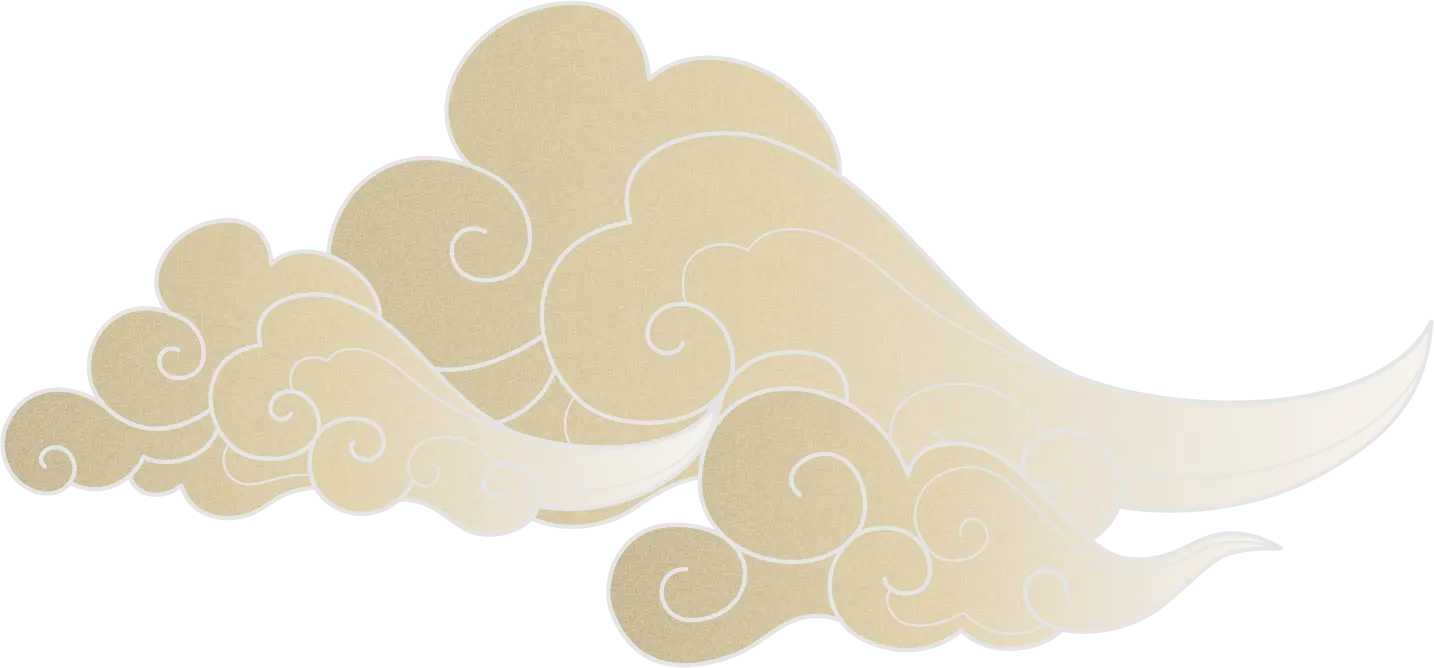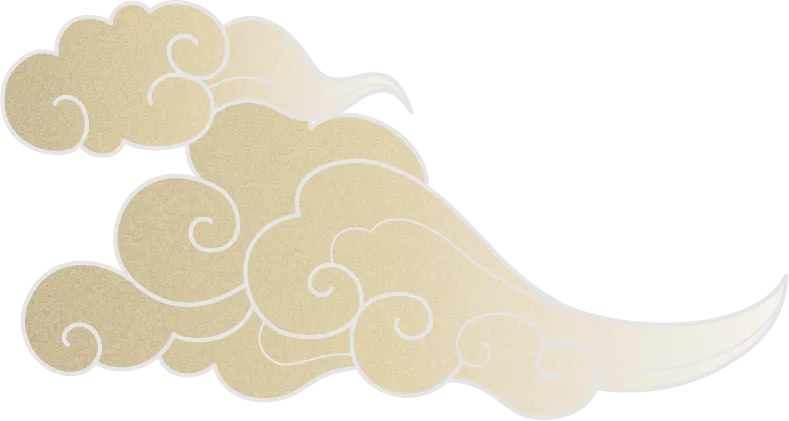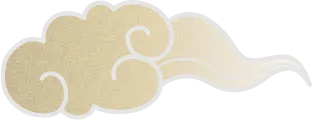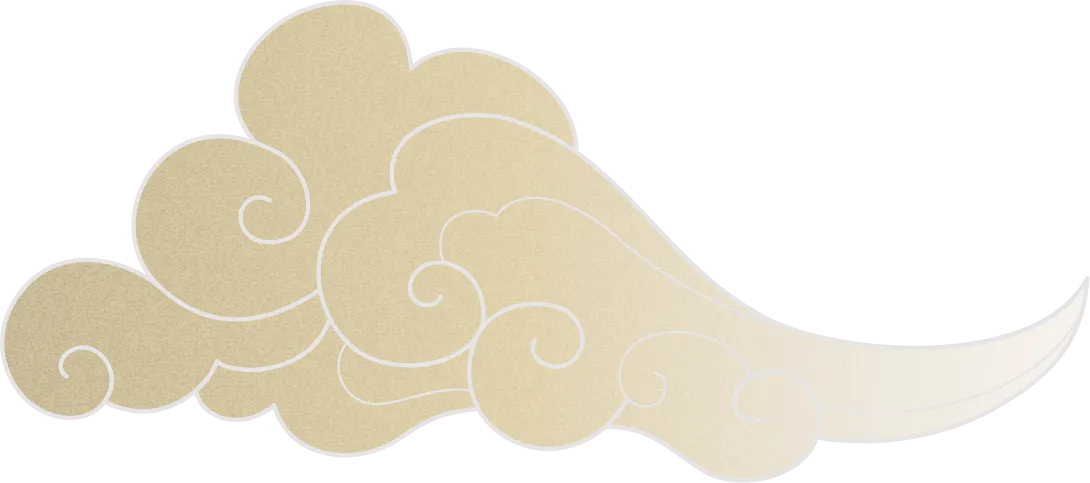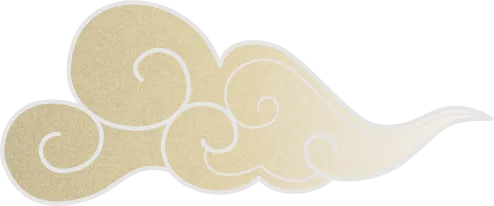column
We have created a new statue of Genbu, one of the four gods.
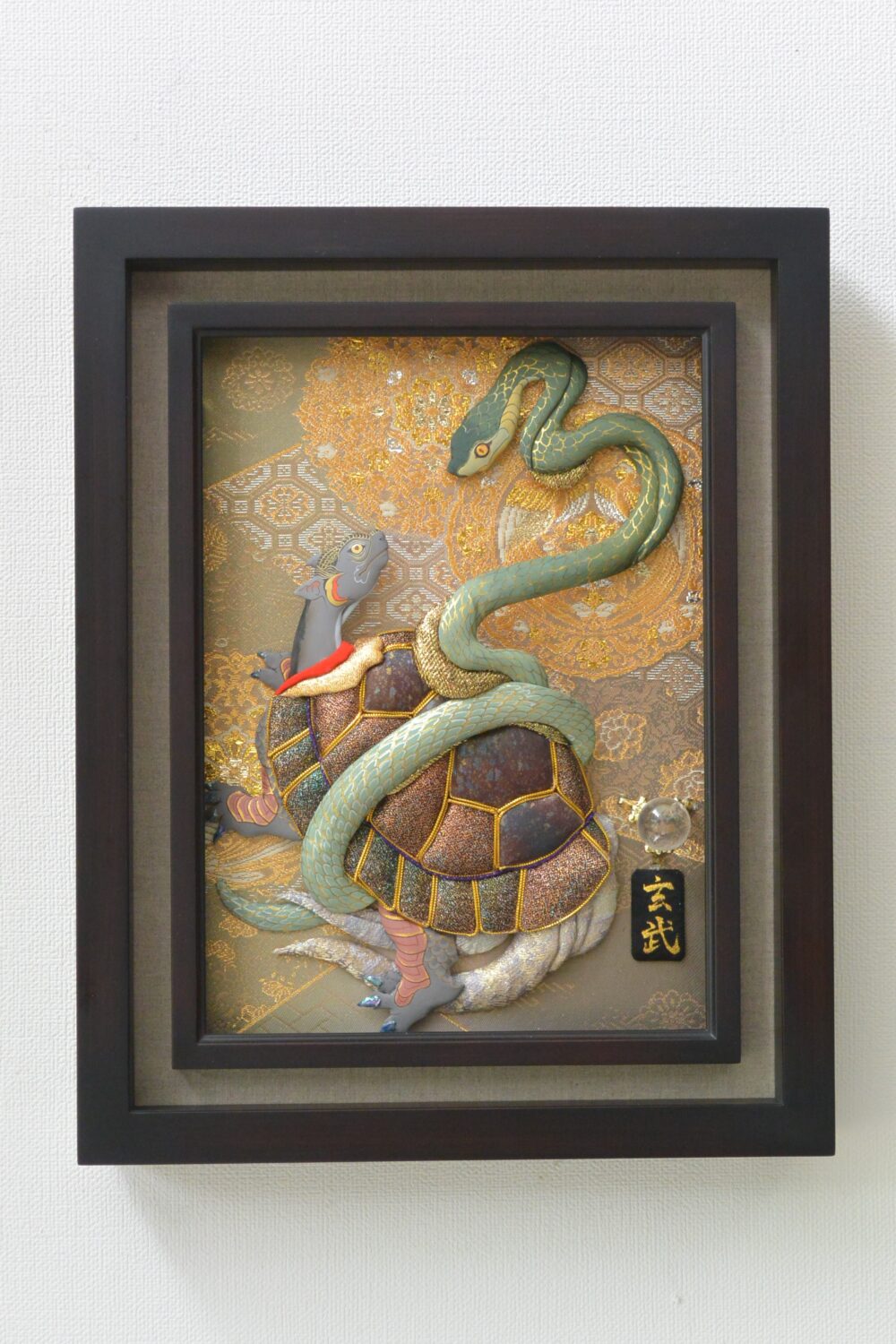
Genbu
The four gods are Seiryu, Suzaku, Byakko, and Genbu, with Seiryu in the east, Suzaku in the south, Byakko in the west, and Genbu in the north. The connection between Genbu and the north comes from the Five Elements Theory, which assigns yellow to the center, black to the north, blue to the east, white to the west, and red to the south. It is thought that it was established during China’s Warring States period (5th century BC – 221 BC), influenced by After that, the belief in the Four Gods spread not only to China but also to ancient Korea and Japan.
It has the form of a turtle and snake combined statue.
It has the form of a turtle and snake combined statue.
The turtle is a symbol of “longevity and immortality,” and the snake is a symbol of “procreation.” He compares it to the coming together of yin and yang.
In Japan, Genbu is less familiar than the other four gods, and in recent culture, the image of “strength” does not give the impression of being at the top, but in reality, Genbu is the strongest and oldest of the four gods, and is the highest ranked. It was believed as.
“North” is considered to be an extremely important direction in terms of feng shui, and for example, when Heiankyo and Nikko Toshogu Shrine were built, it was positioned as the most important direction, directly connected not only to the North Star but also to the dragon veins, and of course, it was believed that Genbu was believed. is said to have had a strong influence.
Genbu is believed to be able to travel between the underworld (in the north) and the present world, receive oracles (turtle shell fortune-telling) in the underworld, and bring the answers back to the present world. Genbu governs darkness and represents stealth, theft, lechery, etc.
In Japan, in the main statue pedestal of Yakushiji Kondo in Nara Prefecture, and in the Kitora Tumulus and Takamatsuzuka Tumulus in Asuka Village, Nara Prefecture, the four gods Seiryu, Byakko, and Suzaku are placed in the center of the four walls of the stone chamber, along with the northern wall of the inner wall of the stone coffin. Genbu is depicted.
| キトラ古墳 玄武図 |
According to Feng Shui, it is said to live in the mountains, and there is a Suzaku in the opposite direction, and one theory is that this is the origin of the Crane Turtle.
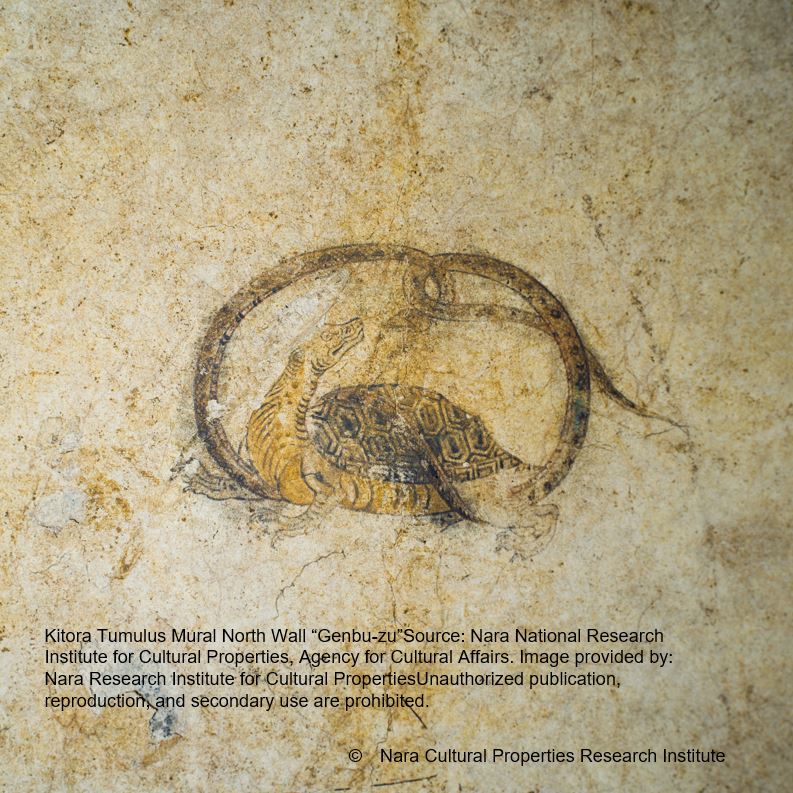
玄武 (Genbu)
青龍、朱雀、白虎、玄武を四神といい、東を青龍、南を朱雀、西を白虎、北を玄武が、それぞれが各一方を分担して守護するものされます。玄武と北方との結び付きは、五行説が中央に黄色、北方に黒、東方に青、西方に白、南方に赤と五色を割り当てたことに由来しており、四神の信仰は五行説の影響を受けながら、中国の戦国時代(紀元前5世紀 – 紀元前221年)に成立したと考えられています。その後、四神の信仰は中国の中のみならず、古代の朝鮮や日本にも伝わりました
亀蛇合体像の形態をしています。
亀は「長寿と不死」の象徴、蛇は「生殖と繁殖」の象徴で、玄武の亀と蛇の合わさった姿を、「玄武は亀蛇、共に寄り添い、もって牡牝となし、後につがいとなる」と、陰陽が合わさる様子に例えています。
日本では他の四神に比べて馴染みが薄く、昨今のカルチャーにおいては「強さ」のイメージこそ上位の印象はないのですが、実際は玄武こそが四神における最強・最古であり、最上位として信仰されました。
「北」は風水上でも極めて重要な方角とされ、たとえば平安京や日光東照宮などの建立時においても、北極星だけでなく龍脈などにも直結する最も重要な方角と位置付けられており、当然ながら玄武信仰が強く影響したとされます。
玄武は、(北にある)冥界と現世を往来して、冥界にて(亀卜=亀甲占いの)神託を受け、現世にその答えを持ち帰ることが出来ると信じられています。玄武は、暗闇を司っており、こっそり、盗難、多淫などをあらわします。
日本では、奈良県の薬師寺金堂の本尊台座や、奈良県明日香村のキトラ古墳及び高松塚古墳において石室内四壁の中央に四神の青龍、白虎、朱雀、と共に石槨内壁の北側壁にも玄武が描かれています。
| キトラ古墳 玄武図 |
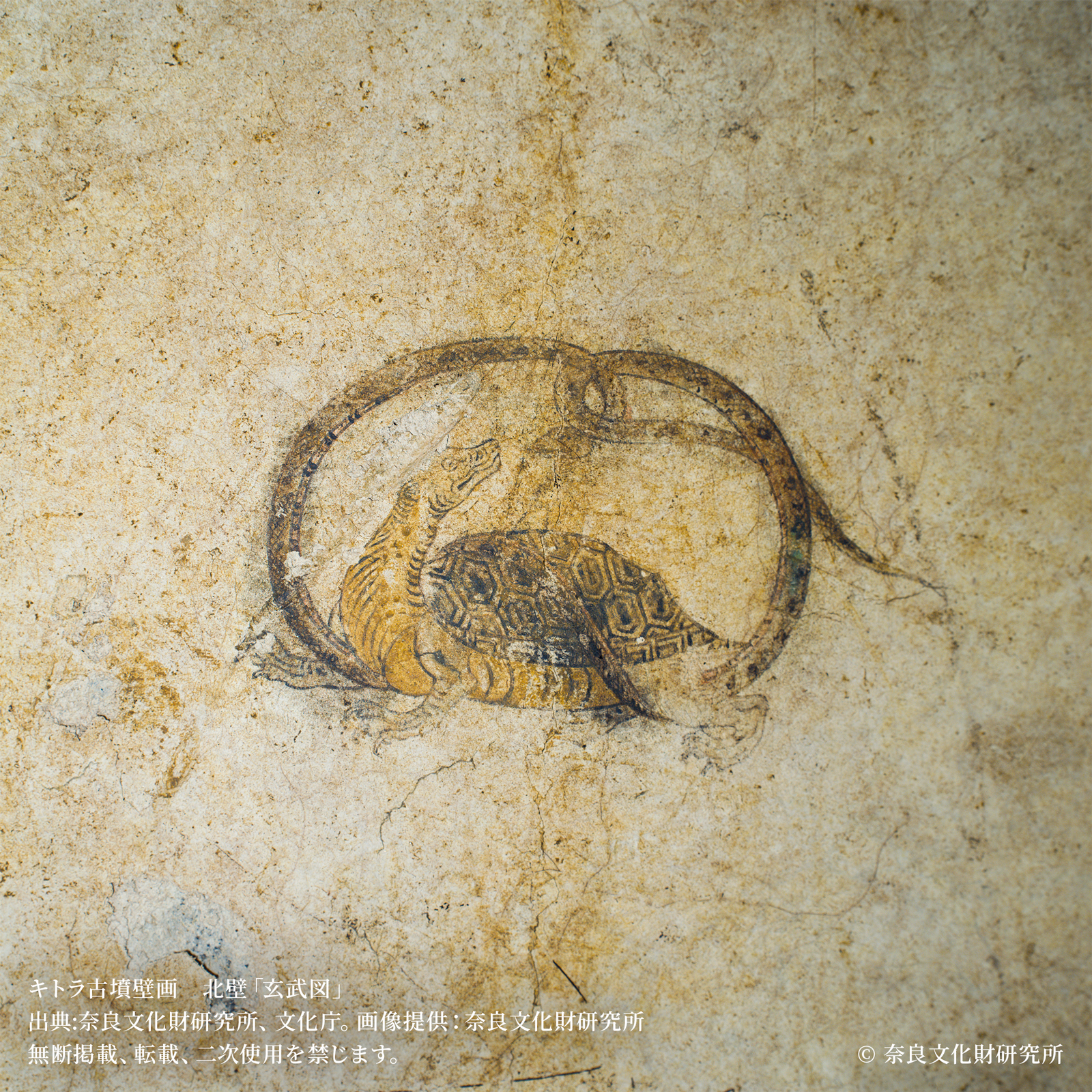
風水においては山岳に棲むとされ、相対する方角には朱雀がおり、一説ではこれが鶴亀の由来であるといいます。

